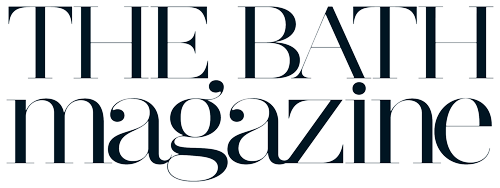Pictured: James Rose MMath(Hons) FCA CTA
With continued speculation of what tax changes the Budget on 26 November might bring, it is probably a good time to review your pension planning to make sure you are making as much use of your allowances as possible.
Personal Pension Contributions
Personal Pension Contributions made by individuals are paid ‘net’ of basic rate income tax (20%) since HM Revenue & Customs (HMRC) pay that 20% into the pension scheme. For example, if you pay £8,000 into your pension scheme during the year, HMRC will add £2,000 to that, giving a total (‘gross’) contribution to your pension scheme of £10,000.
For basic rate taxpayers therefore (those with total income of up to £50,270), there is no additional tax saving by making pension contributions, since tax relief is given at source.
Higher rate taxpayers however can claim an extra 20% of the gross contribution from HMRC. Using the example above, a higher rate taxpayer can claim an additional £2,000 from HMRC on the £8,000 contribution paid. For additional rate taxpayers (those with taxable income above £125,140), the extra relief would be £2,500.
Is there a limit to the amount of pension contributions I can make?
The current annual allowance (the maximum gross contributions which can be made to a pension scheme and obtain tax relief) is £60,000 per tax year. This annual allowance is reduced for high earners, tapered by £1 for every £2 that an individual’s income exceeds £260,000 (subject to a minimum allowance of £10,000). Any unused annual allowance can generally be carried forward up to three years and used on a ‘first in, first out’ basis.
As well as the annual allowance, the amount on which an individual can claim tax relief on personal contributions made to their pension scheme is also limited to the greater of £3,600 (gross) or their UK ‘relevant earnings’ for the tax year (broadly, their salary and/or self-employment/partnership income).
What about contributions from my own limited company?
For limited company directors, consideration can be given to your company making an employer pension contribution for you. Such contributions will usually qualify for Corporation Tax relief. The £60,000 annual allowance applies to contributions made by individuals and employers, so this would still need to be considered when thinking about the level of contribution to make.
Are there any other tax benefits?
Income and capital growth generated within registered pension schemes is exempt from income tax and capital gains tax.
It will also be appreciated from the above that one of the main benefits for higher and additional rate taxpayers in making pension contributions is to receive tax relief during their working lives which may be at a higher rate (hopefully) than the resulting pension income will be subject to in retirement.
The above is for general guidance only and no action should be taken without obtaining specific advice. Such advice in relation to pension schemes should be obtained from your pension advisor or an independent financial advisor.
If you are looking to trim your tax, it pays to get professional advice.
Pearson May specialise in a full range of accountancy services to help you maximise your profits and minimise the tax you have to pay.
Call Bath: 01225460491
Pearson May Chartered Accountants & Chartered Tax Advisers
Bath, Trowbridge and Chippenham
pearsonmay.co.uk



